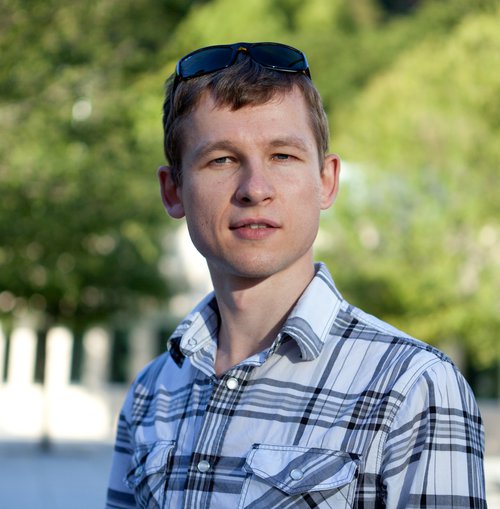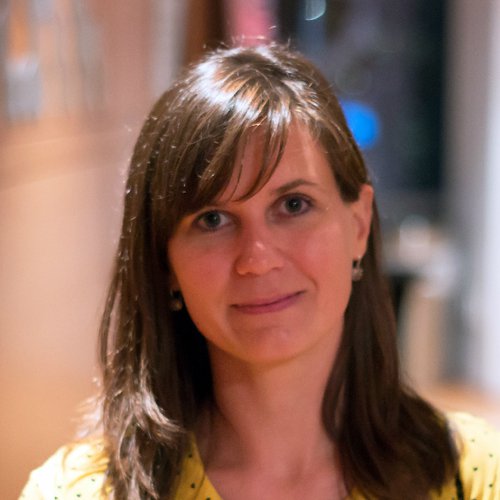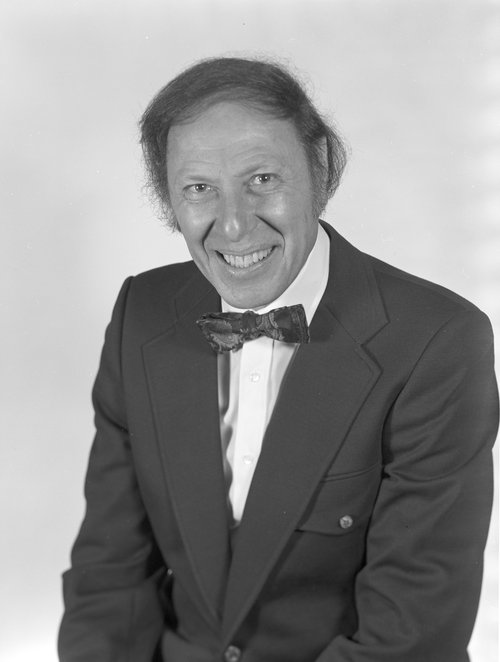Research Updates: Although we had delays and set-backs due to being locked out of our labs and working at reduced capacity, there are some exciting highlights for this year. For instance, we were able to hire two new tenure track faculty members!

Ivan Pechenezhskiy. Ivan is an expert in quantum information science, and he works on quantum computing using superconducting devices. Ivan has a PhD in Physics from the University of California, Berkeley where he worked on the photomechanical response of molecular nanostructures. He then went on to postdoctoral training at the University of Wisconsin, Madison and the University of Maryland and the Joint Quantum Institute at the National Institute of Standards and Technology (NIST). He is not coming to us directly from Maryland, as he took a Senior Quantum Engineering position at Seeqc Inc in Elmsford, NY for a year. He will start in Fall 2021 teaching Graduate Quantum Mechanics. As this fits nicely with his research, he is excited to get started! Ivan’s lab will begin in the Physics Building sub-basement near the Plourde Lab, our long-time expert on quantum computing. New funds are coming from the state and the federal level for this type of research, and there is talk of quantum information science research moving to new state-of-the-art space. Stay tuned for that in future newsletters.

Mirna Mihovilovic Skanata. Mirna is an expert in microscopy and optics to manipulate and measure the responses of neurons in live animals. Her model animal system of choice are fly larvae (maggots) because they are easy to manipulate genetically and are fairly easy to penetrate with laser light. Mirna has her PhD from Brown University where she worked on the DNA capture and re-capture using solid state nanopores. She then moved to a postdoctoral position at New York University. Mirna will start in Fall 2021 and will be setting up her new lab space in the Center for Science and Technology as the first faculty member in the BioInspired Institute to reside in their new multidisciplinary space.
We will also be joined this summer by a new research assistant professor, Dr. Antun Skanata. Antun has a theory PhD from Brown University where he studied cosmology. In his postdoc, he shifted gears completely to work on microbial evolution and memory in bacterial colonies. He will start this fall 2022 doing research and teaching one course per semester.
We also had a several faculty members successfully promoted this year. Matt Rudolph was put forward for promotion to associate professor with tenure. Jen Schwarz and Stefan Ballmer were put forward for promotion to full professor. All three were successful attaining positive votes at the department, college, provost, and trustee levels. Way to go Jen, Stefan, and Matt!
We also had a few folks leave us this year. We had one retirement, Prof. Gianfranco Vidali. Although the pandemic is putting a cramp in his next adventure to continue to work on astrophysics in Europe, the department did work this summer to facilitate the shipping of some of his custom-built lab equipment to Germany where it will continue to live and produce new scientific results.

The department suffered a huge loss last year with a passing of Professor Josh Goldberg. Although I personally did not get much time to interact with Prof. Goldberg, it is clear that he had a major impact on the department in research, teaching, and leadership. There was an SU News article about his life and contributions.
The well-worn and well-loved research spaces in the basement and sub-basement of the Physics Building got a small make-over this year with enhanced lighting in the halls. As you may remember, the lights in the building are never all on. Apparently, this stems back to an attempt to save energy several decades ago. The university simply disconnected half the lights on every hallway. In the upper levels, where there are windows, the effect is not so bad in the daytime, but the below-ground levels were dark. Citing the need for light for safety reasons, we were able to get the light fixtures reconnected and filled with high efficiency, bright LED bulbs installed. The halls are now cheery underground, and plans are underway to fix the lights on floors 2 and 3.
Please see more research highlights in the faculty highlights news items.
